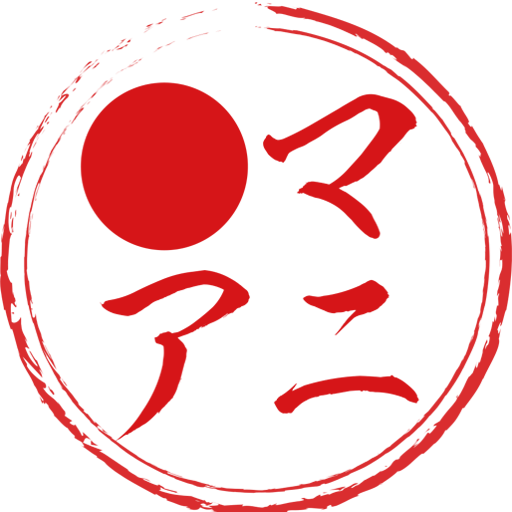
What are the kanji, hiragana and katakana?
Japanese writing uses a mixture of kanji, hiragana and katakana to form sentences.Kanji characters originated in China and adopted to Japanese, while hiragana and katakana characters are unique to Japan. Japanese is considered one of the most difficult languages because it combines three types of characters with different uses to form sentences.
Kanji is an ideographic character which represents an idea or concept. They are primarily used to describe nouns, the root of verbs and adjectives. Hiragana and katakana were created based on simplified kanji characters so that more people can read and write. Now, hiragana is used to complement kanji and to express words with no Kanji. Meanwhile, katakana is mainly used to write foreign words, onomatopoeias, and mimetic words.
Hiragana

Before hiragana and katakana were created, the only characters used in Japan were kanji, which came from China, but in order to write Japanese words in kanji, people began to borrow only the sound and kun of kanji to write their readings, regardless of the meaning of the kanji, and these are known as Manyogana. During the Nara period (710-794 AD), cursive writing began to be seen, breaking down the Manyogana. This was the origin of hiragana. In the Heian period (794-1185 AD), hiragana in its current form was born. At first, hiragana was regarded as a temporary character rather than a formal writing system, possibly because it was a scrap of kanji, but it developed in the early to mid-Heian period as it was actively used by women, mainly for writing poems, diaries and letters. There are 46 hiragana characters in current use.
Katakana

Katakana (片仮名) also originated at the same time as hiragana. While hiragana is a corruption of the Manyogana, katakana is a syllabic character created by taking parts of the kanji used as Manyogana, such as the kanji's bi (radical), zari (radical), kanmuri (crown) and ashi (leg). For example, "a"「阿→ア」, "I"「伊→イ」, "u"「宇→ウ」. The katakana characters were developed to fill in the kunten (phonetic dots) after they came into use in the Heian period (794-1185), but today they are mainly used to write foreign words, onomatopoeic words and mimetic words. Like hiragana, katakana in use today has 46 characters.
Kanji

Kanji characters originated in ancient China and are the main characters used in Japan, along with hiragana and katakana. After its birth in China, Kanji was introduced to neighbouring countries such as Japan and Vietnam. It is currently used outside China in Japan, Taiwan, Singapore and Malaysia, but Japan is the only country other than China that uses Kanji as its main character on a daily basis, except in countries with a large Han Chinese population, such as Singapore and Malaysia.
The number of kanji characters in daily use in Japan today is 2,769 (2,999), consisting of 2,136 types (2,136 characters) of jōyō(=regular-use) kanji and 845 types (863 characters) as kanji for personal names. The Joyo Kanji (regular-use Kanji) is a set of guidelines for the use of kanji characters in writing the modern Japanese language in ordinary social life, such as in laws and regulations, official documents, newspapers, magazines and broadcasts. Specifically, it refers to the kanji listed in the Cabinet's published Joyo Kanji Chart. This is a 'guide' to the range of kanji used when writing the modern Japanese language. Kanji for personal names are kanji recognised as being acceptable for use in personal names, other than the regular-use kanji. The number was revised on 25 September 2017 to 845 types (863 characters).
